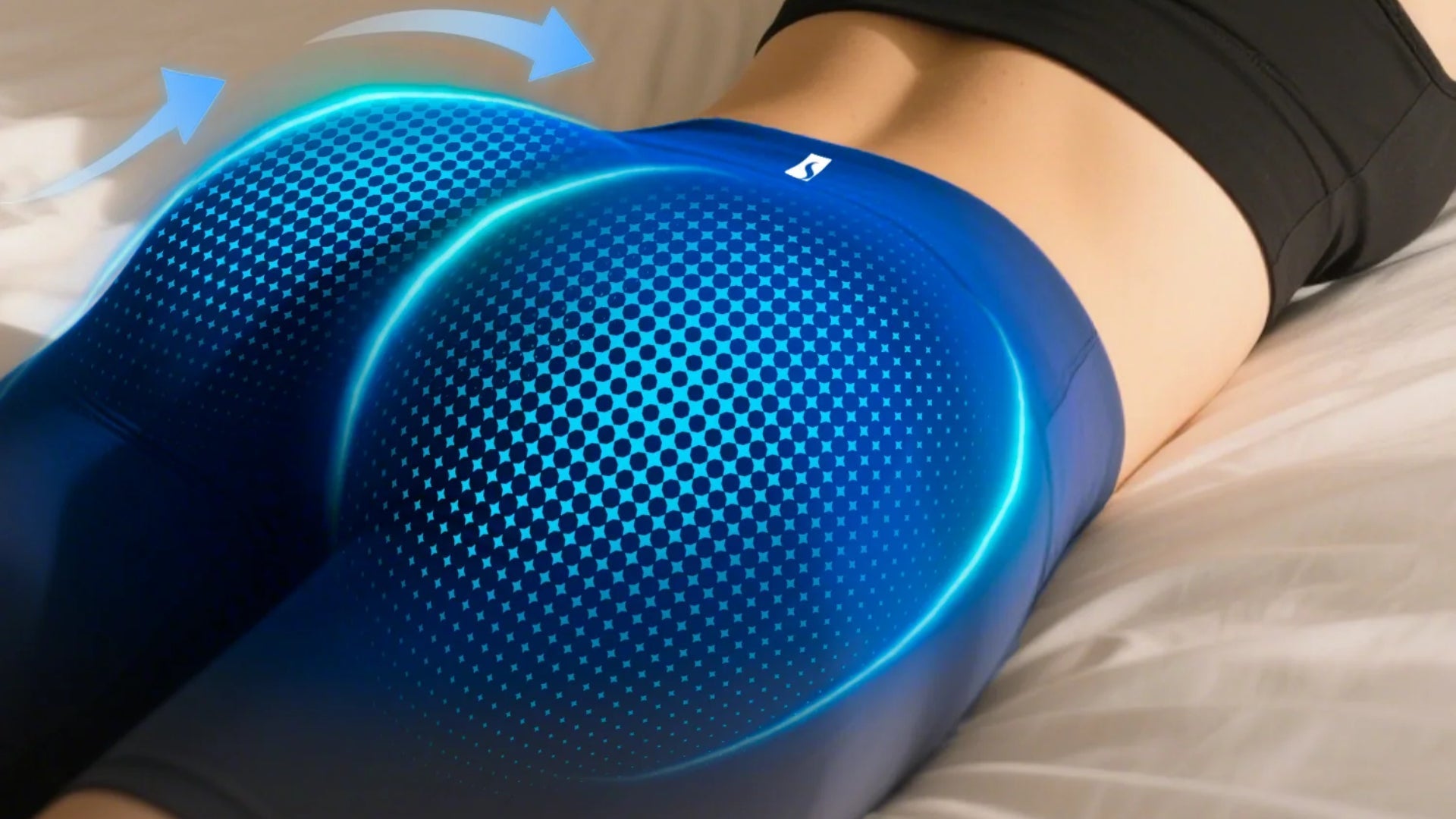
How to Choose the Right EMS Stimulation Unit for Your Needs — Tenspro vs Hidow vs Tensunit vs Tens7000 vs Swirise
JustinLinAn EMS stimulation unit—short for Electrical Muscle Stimulation device—has become a versatile tool for pain management, muscle recovery, rehabilitation, and body shaping. Whether you’re a weekend athlete working through soreness, someone managing chronic pain, a new parent rebuilding pelvic strength, or someone who wants convenient at-home toning, EMS devices cover a wide set of needs. But with different designs, modes, and price points available, choosing the right unit can feel overwhelming.
In this guide we compare five popular options: Tenspro InTENSity Twin Stim III, Hidow XPD 12, Tensunit Omega Professional, Tens7000 Twin Stim, and the Swirise EMS Toning Shorts. Read on to learn how EMS works, which buying factors matter most, and how each of these five units stacks up so you can match a product to your goals.
How EMS Stimulation Units Work
Electrical Muscle Stimulation (EMS) sends controlled electrical pulses through skin-surface electrodes to activate motor nerves and induce muscle contractions. Unlike TENS (Transcutaneous Electrical Nerve Stimulation), which mainly targets sensory nerves to reduce pain perception, EMS targets motor pathways to produce muscle work—useful for re-education, strengthening, or aesthetic toning.Important device parameters:
- Pulse amplitude (intensity) — how strong the stimulation feels and how deep it reaches.
- Pulse width and pulse rate (Hz) — shape the contraction type and comfort.
- Ramp / on-off cycles — affect how gradually a contraction starts and how long it’s held, important for comfort and training effect.
When used appropriately (correct placement, proper programs, reputable device), EMS is widely used in rehab and sports settings. Always follow manufacturer instructions and consult a healthcare professional if you have medical conditions.
Key Factors to Consider Before Buying
Use this checklist to narrow choices:
- Purpose / Goals — pain relief (TENS) vs. muscle re-education/strength (EMS) vs. body shaping (wearables).
- Target Areas — multi-site needs benefit from multi-channel pad units; targeted toning favors garments.
- Device Type — pad-based portable units, wearable garments (shorts/belts), or clinical/NMES devices.
- Intensity & Programs — adjustable intensity, program variety (strength, endurance, recovery) and fine controls.
- Channels & Coverage — dual vs. four channels; more channels = more simultaneous coverage.
- Ease of Use — electrode maintenance, power source (rechargeable vs batteries), UI clarity, and app features.
- Price & Value — entry-level vs mid-range vs premium; wearable devices price around convenience/targeting, not just modes.
- Safety & Certification — check for FDA clearance/CE if claimed, warranty and clear instructions.
Tenspro — InTENSity Twin Stim III Digital TENS & EMS Combo Unit
Price: $47.50
Product summary:
The InTENSity Twin Stim™ III is a portable electrotherapy device featuring two therapeutic modes: TENS & EMS therapy, designed for pain relief and muscle stimulation. It delivers up to 105 mA output and includes an AC adapter and removable belt clip. The unit supports both pain relief (TENS) and muscle strengthening (EMS).
Best for: Budget-conscious users wanting a solid, configurable TENS+EMS combo for home pain relief and basic muscle stimulation.
Key specs:
- Channels: Dual channel
- Pulse amplitude: 0–105 mA
- Pulse rate: 1–150 Hz
- Pulse width: 50–300 µs (10 µs steps)
- Power: 9V battery or AC adapter
- Timer: 1–60 min or continuous
- Programs: 4 TENS modes (Burst, Normal, Pulse Width Modulation, Pulse Rate Modulation); 3 EMS modes (Synchronous, Alternate, Delay) with adjustable ramp and on/off times
- Warranty: 1 year
Pros:
- Affordable entry price.
- True TENS + EMS combo with flexible parameter control (good learning device).
- AC adapter plus battery option for portability.
- Clear, hands-on control for ramp, pulse width, rate, and timing.
Hidow — XPD 12
Price: $399
Product summary:
The Hidow XPD 12 is a higher-tier wired unit with 12 modes (6 TENS + 6 EMS), 20 intensity levels, and dual output ports with independent intensity control. It allows running four pads at once and emphasizes a sleek, intuitive design and rechargeable battery life.
Best for: Users who want a premium pad-based unit with many preset programs and precise control—good for frequent users who value UI and polish.
Key specs:
- Modes: 12 (6 TENS, 6 EMS)
- Intensity levels: 20
- Channels: Dual-port (A & B) with independent intensity control (supports 4 pads)
- Timer: 10–60 minutes
- Display: Backlit LCD
- Power: Rechargeable lithium battery
- Dimensions / weight: compact, pocket-friendly
Pros:
- Many optimized modes for pain relief and muscle stimulation.
- Fine-grained intensity control and a polished UI.
- Rechargeable battery and portable, premium feel.
- Independent control on each side (good for asymmetrical needs).
Tensunit — Omega Professional TENS & NMES/EMS Combo Unit
Price: $125.10
Product summary:
The Premium Omega combines TENS and NMES/EMS modes with multiple body-part options and customizable programs. It’s compact with a digital display, rechargeable lithium battery, belt clip, and supplies (lead wires, reusable electrodes). The unit is positioned for chronic nerve pain relief and muscle strengthening.
Best for: People with chronic pain or those who want a step up from basic units with easy presets and rechargeable convenience.
Key specs (highlights):
- Modes: TENS + NMES/EMS with 6 body-part options and 3 custom programs
- Power: Rechargeable lithium-ion battery (USB/AC)
- Interface: Digital display for easy selection of body part/program/pulse settings
- Accessories: Lead wires, 4 reusable electrodes, carrying case
Pros:
- Balanced mid-range prices with practical digital controls.
- Designed to address chronic nerve pain and muscle strengthening.
- Rechargeable and portable with a belt clip.
- Body-part presets simplify selection for non-expert users.
Tens7000 — Twin Stim TENS Unit and EMS Muscle Stimulator (4-Channel)
Price: $95.99
Product summary:
Tens7000 Twin Stim is a 4-channel TENS & EMS combo designed to cover larger or multiple body areas. It offers clinical-grade relief, customizable settings, up to 80 mA intensity, and includes multiple electrode sizes and a complete kit for broad coverage. It’s widely used by physical therapists and is presented as versatile and customizable.
Best for: Users needing to treat multiple or large areas (e.g., full back, multiple injuries) or those who want clinical-grade flexibility without professional-only pricing.
Key specs:
- Channels: Four (support up to 8 electrodes)
- Intensity: Up to 0–80 mA
- Modes: 7 preset modes + fully customizable settings (pulse width, rate, intensity, timer)
- Timer: 2–60 minutes adjustable
- Power: 4 AA batteries (included)
- Accessories: 4 premium electrodes (2" x 2"), 8 larger electrodes (4" x 2"), lead wires, case
Pros:
- Four channels allow simultaneous treatment of multiple or large areas.
- Clinical-grade customization—favoured by PTs.
- Comprehensive kit with multiple electrode sizes.
- Mid-range price for a pro-capable device.
Swirise — EMS Toning Shorts
Price: $299
Product summary:
Swirise EMS Toning Shorts are a wearable garment focused on lower-body shaping: glute lift, thigh sculpting, and pelvic floor strengthening. The shorts are FDA-cleared and claim clinical/consumer results: significant user-reported improvements in glute fullness, thigh definition, and pelvic floor comfort within weeks. Sessions are short (15 minutes) and the garment requires no gels—just wear and go. Manufacturer claims include equivalence to thousands of squats/lunges/Kegels per session.
Best for: Users focused on lower-body toning and pelvic floor strengthening who prefer a hands-free wearable solution and consistent placement without dealing with electrodes.
Key specs / features:
- FDA-cleared EMS technology (per product copy)
- Dedicated programs: Hip/Glute mode, Thighs mode, Pelvic floor mode
- Session time: 15 minutes per session
- Fabric: lightweight, washable garment with integrated electrodes
- Clinical / user metrics (product claims): high % of users reporting visible improvements in 4–6 weeks
Pros:
- Hands-free, anatomically targeted wearable—very convenient for busy users.
- Designed specifically for glute/thigh/pelvic floor outcomes—less placement guesswork.
- Short session times and no sticky pads or gels.
- Clear positioning for aesthetics and pelvic health.
Conclusion
There’s no single “best” EMS unit—there’s the best match for your goal. Below is a concise, action-oriented conclusion to help you pick quickly.
- Tenspro InTENSity Twin Stim III — Best for budget-minded beginners who want occasional pain relief and basic EMS practice.
- Hidow XPD 12 — Best for frequent users who want a polished pad-based experience, many presets, and precise control.
- Tensunit Omega Professional — Best for people with chronic nerve/muscle pain who prefer easy, body-part presets and rechargeable convenience.
- Tens7000 Twin Stim — Best for multi-area treatment or home PT use — four channels and clinical-style flexibility for larger or multiple regions.
- Swirise EMS Toning Shorts — Best for hands-free lower-body shaping and pelvic-floor training; ideal if you want consistent, garment-based stimulation without sticky pads.
Choose by prioritizing your primary objective (pain relief, rehab, or toning), the coverage you need (single spot vs multiple areas vs targeted garment), and how much setup/maintenance you’re willing to handle.

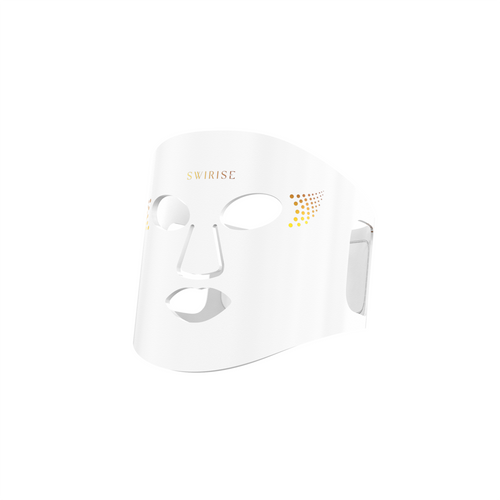

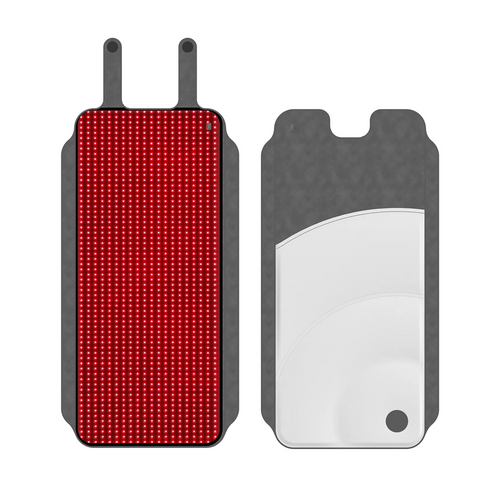
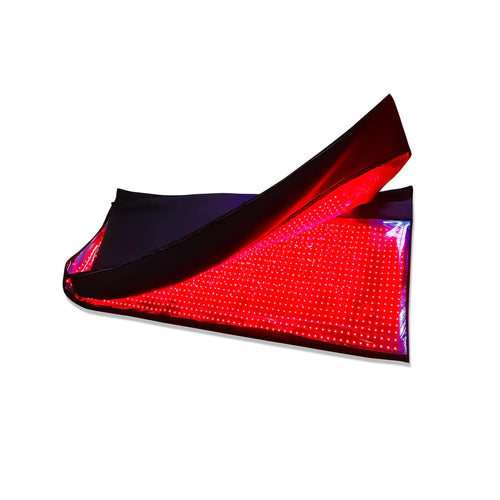
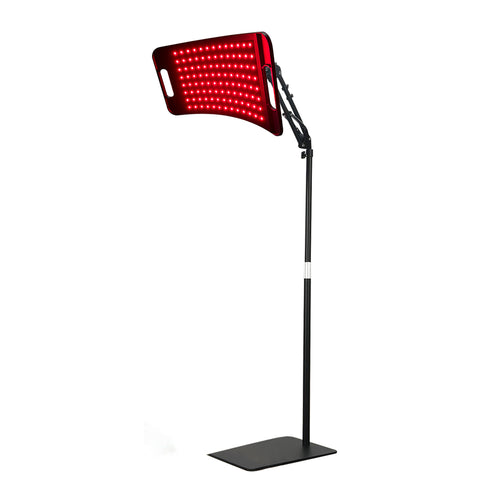
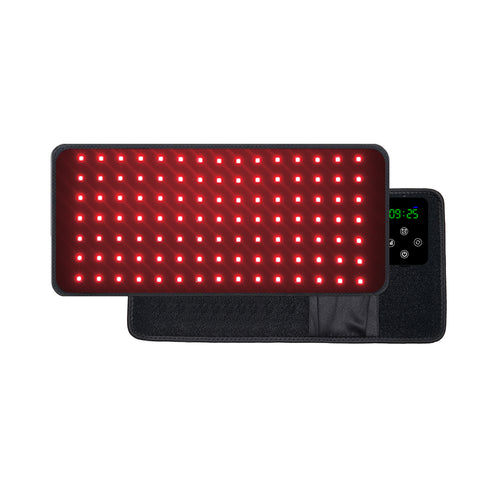

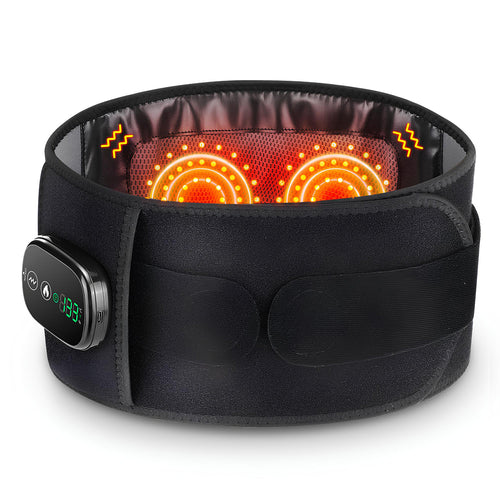
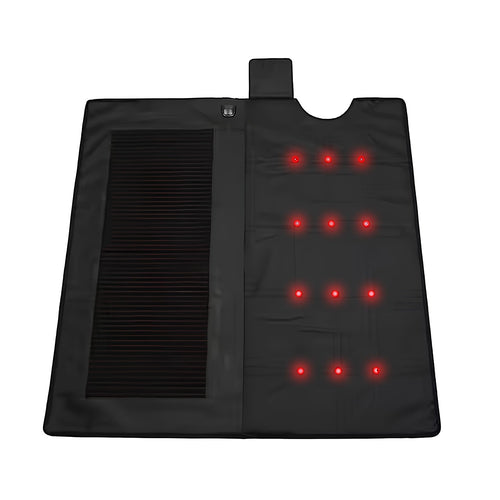
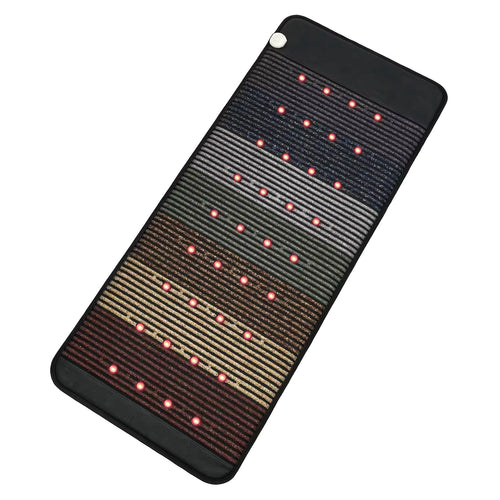

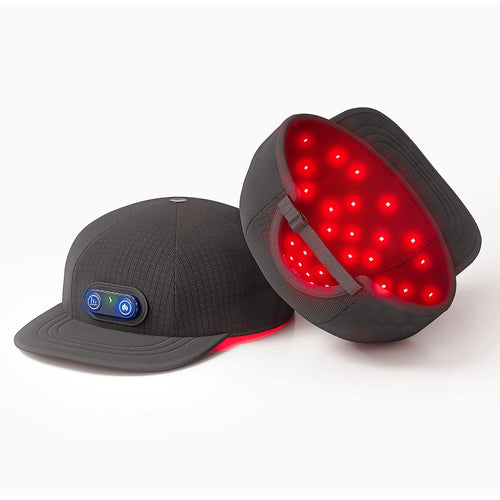
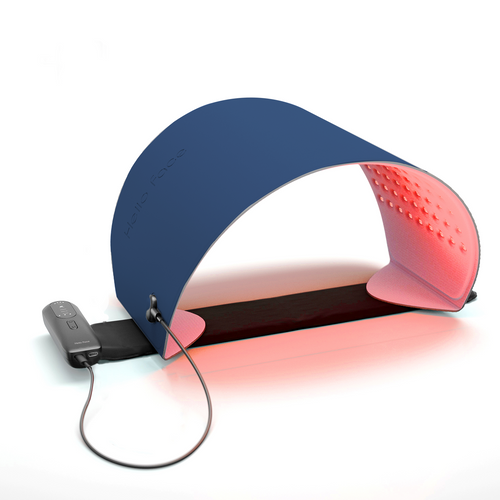
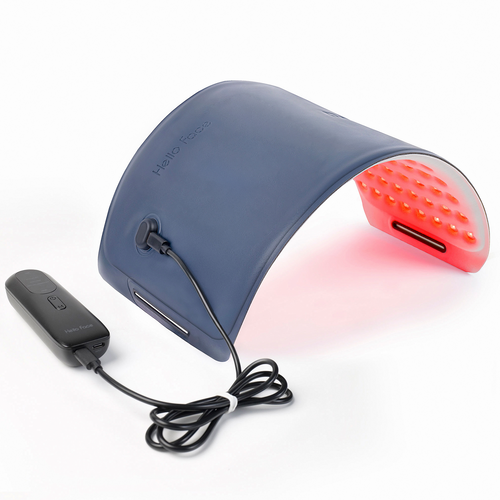

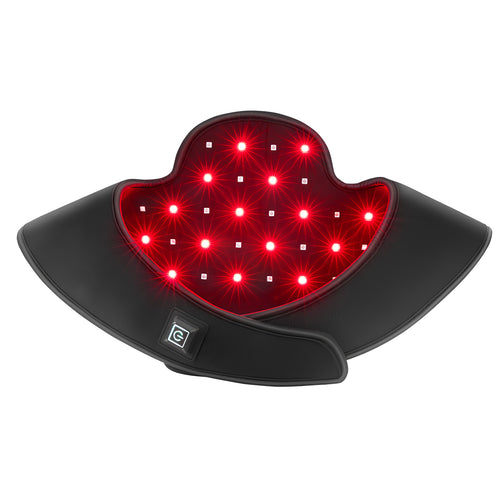
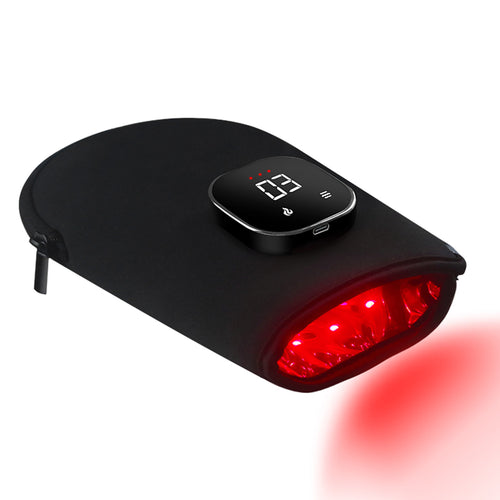

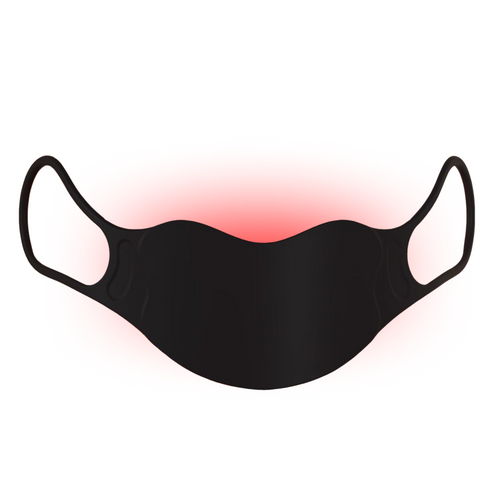
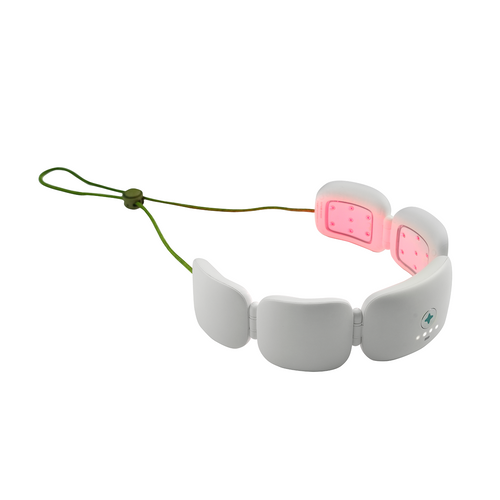
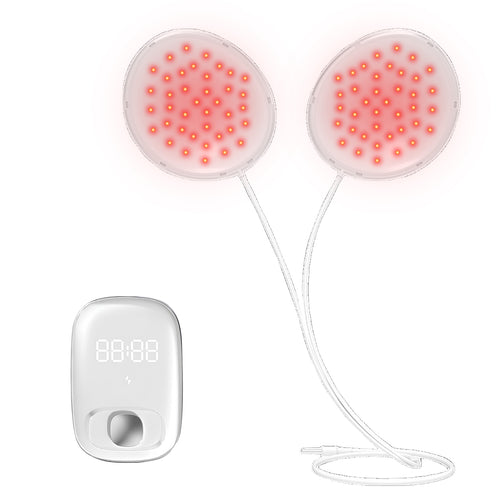

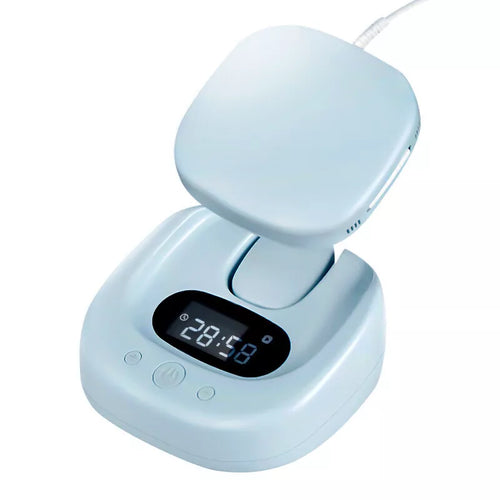

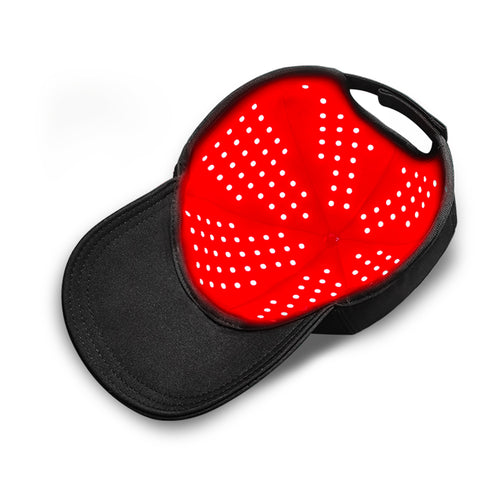
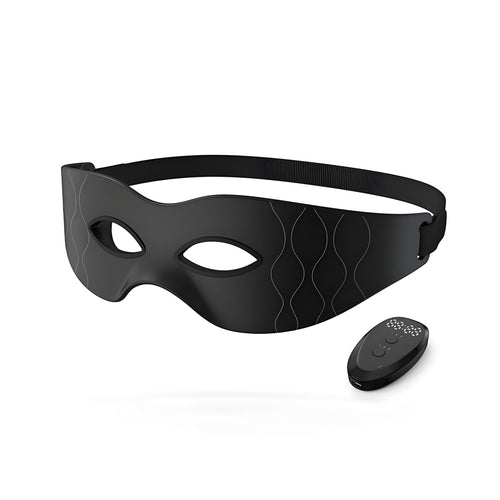
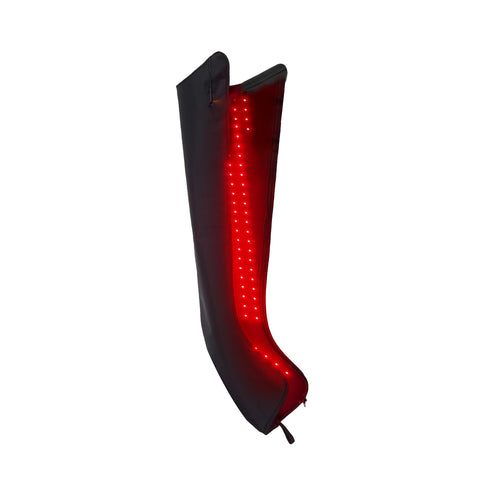
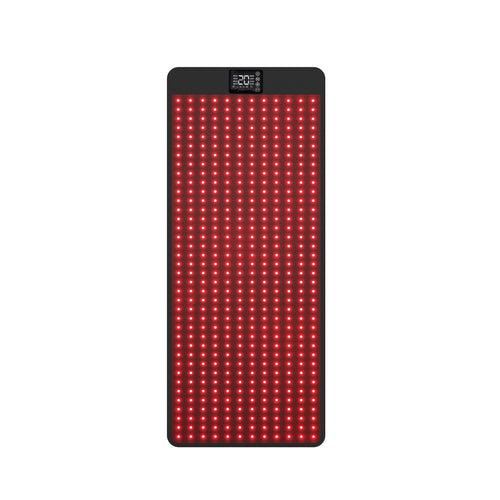

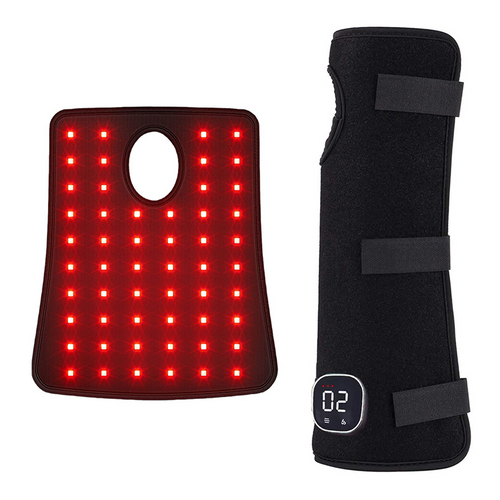
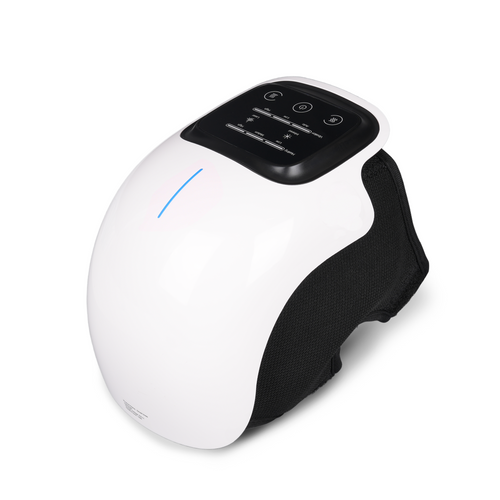
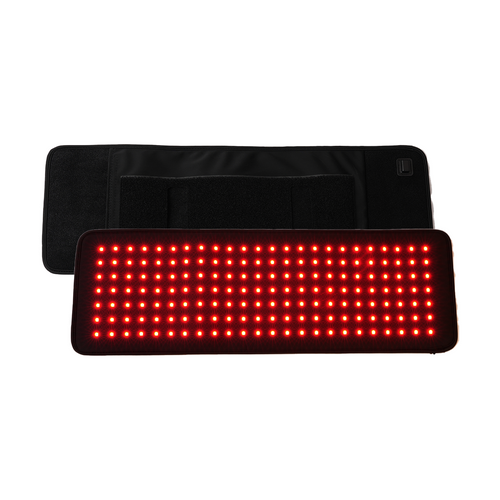
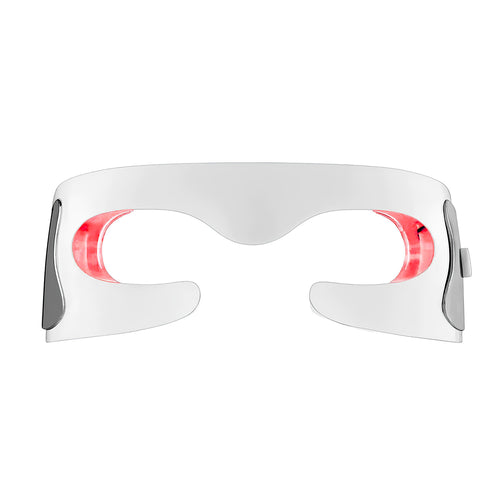
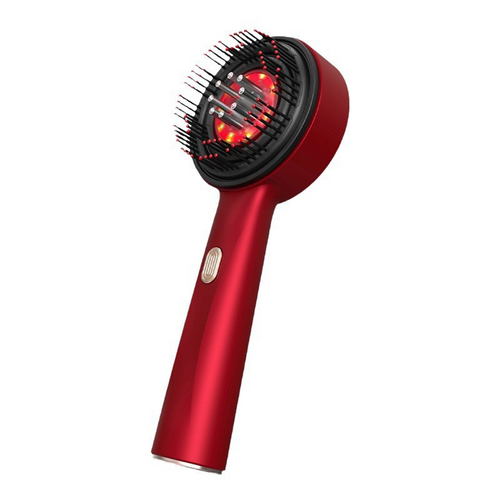
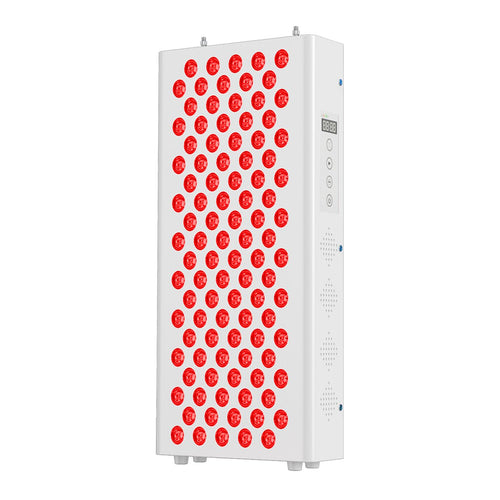
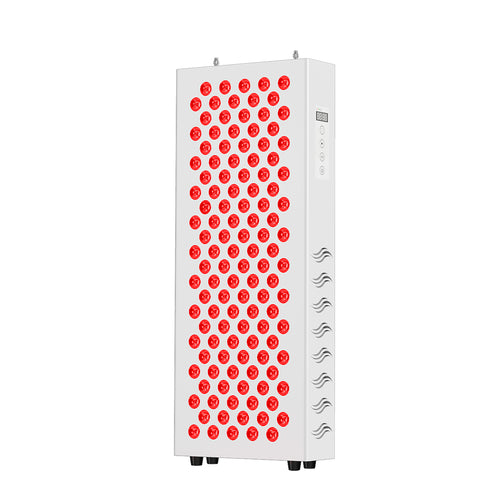
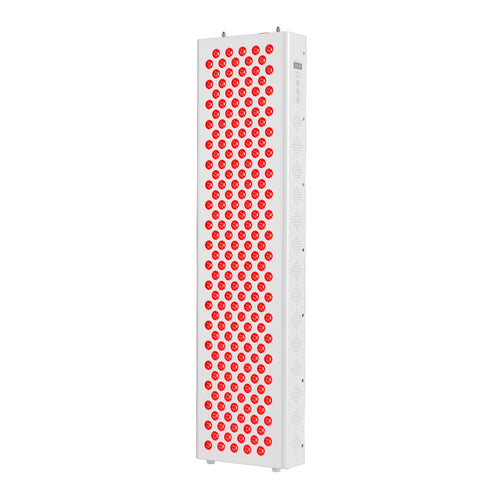
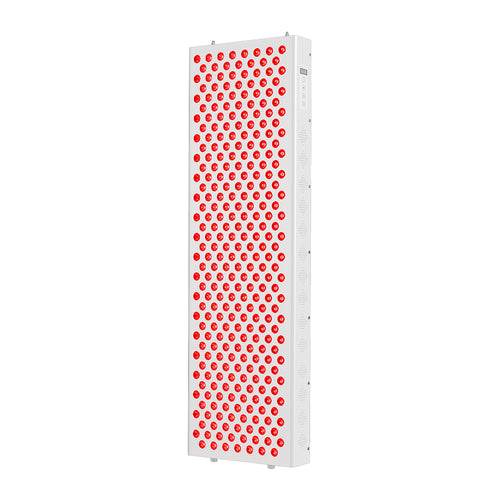


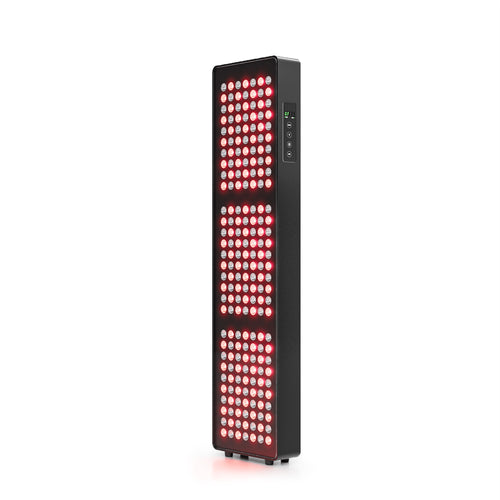
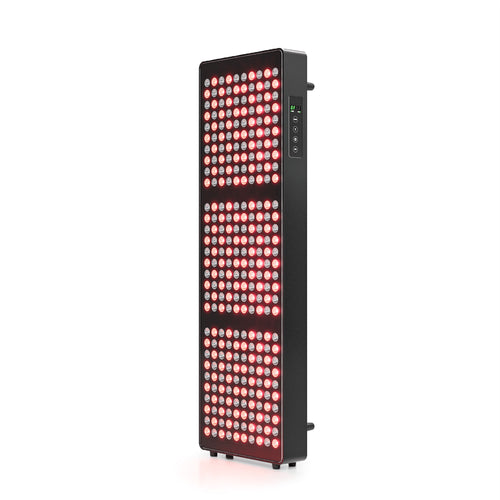
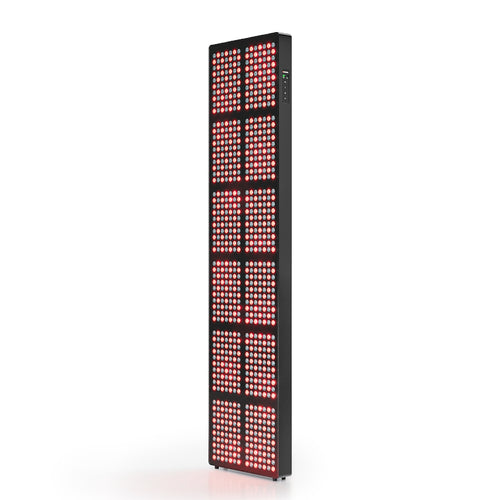
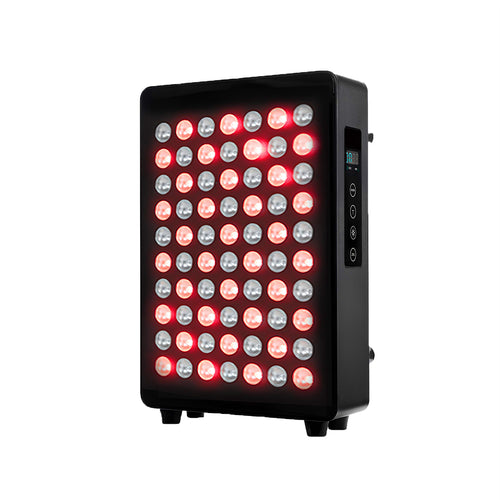
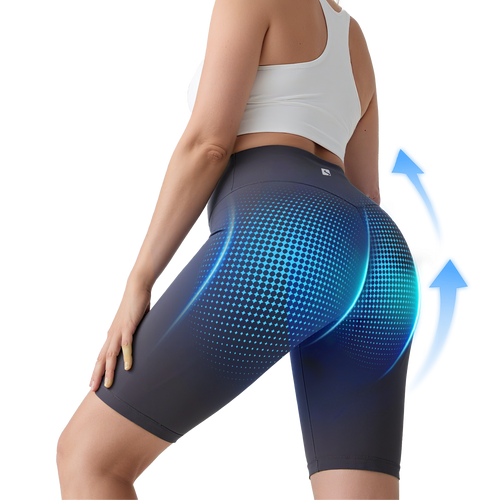
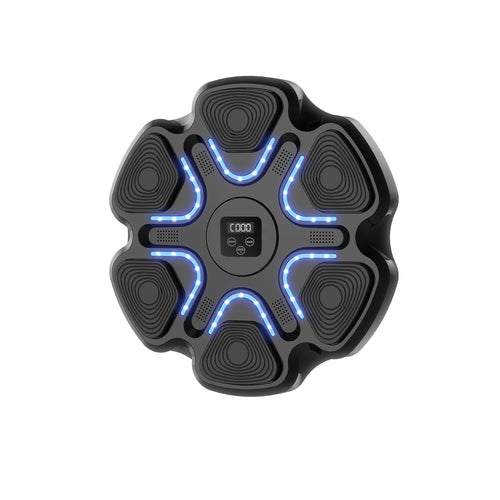

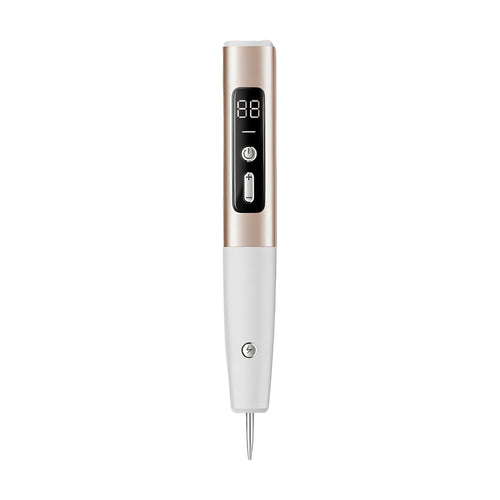
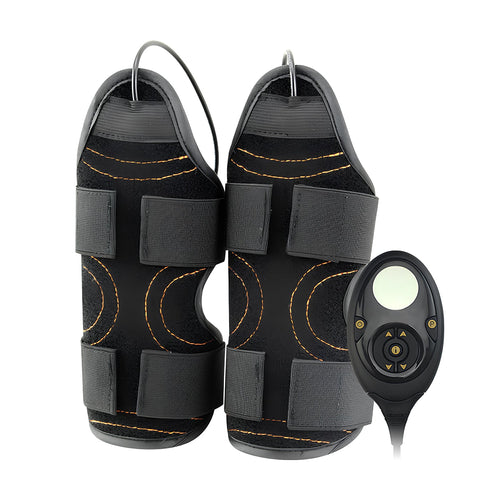
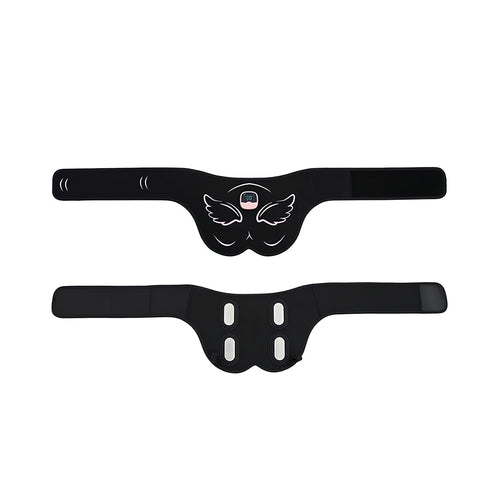
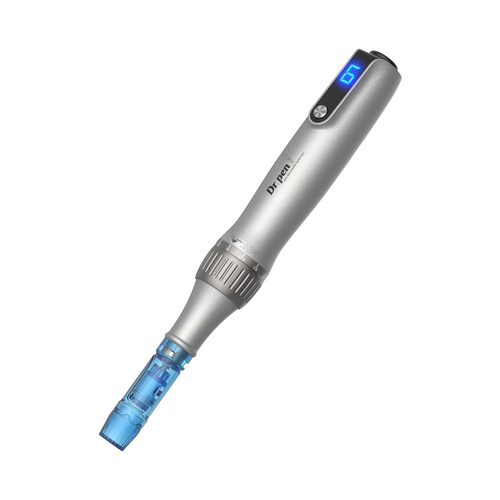
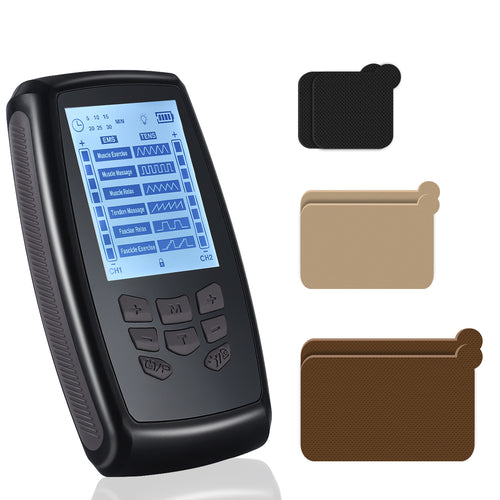

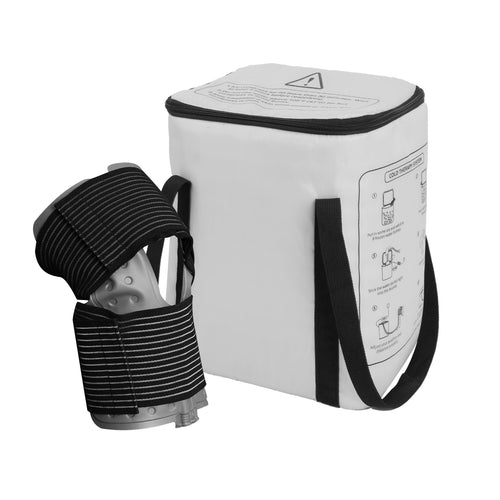
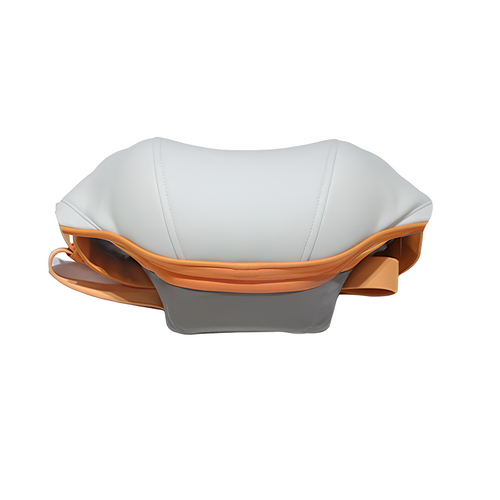


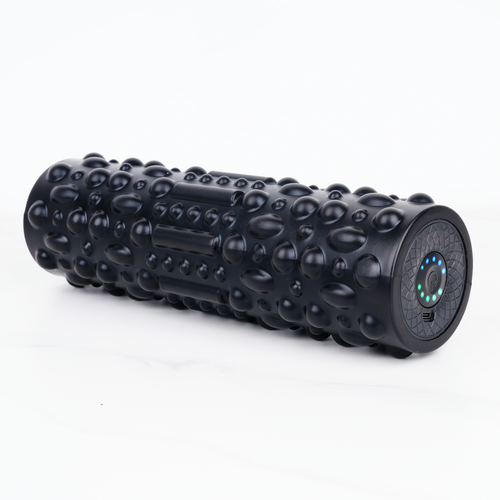
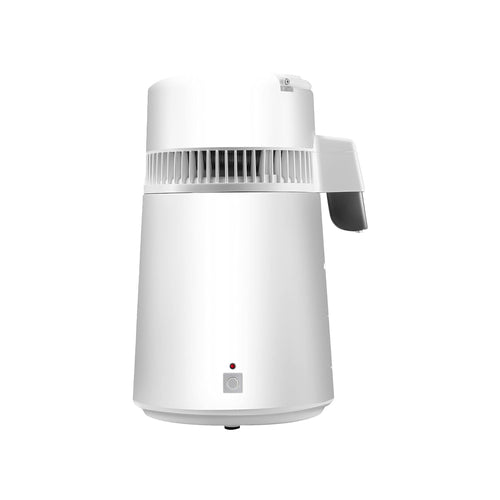

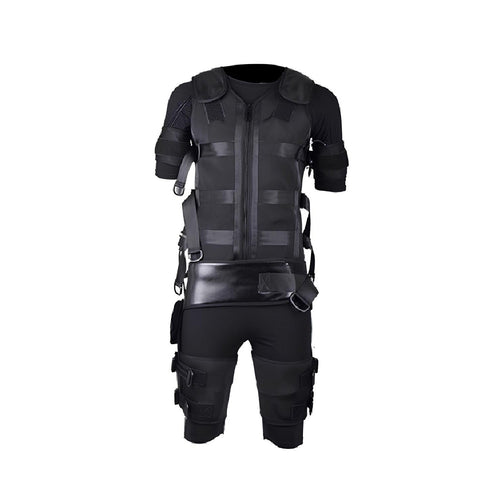

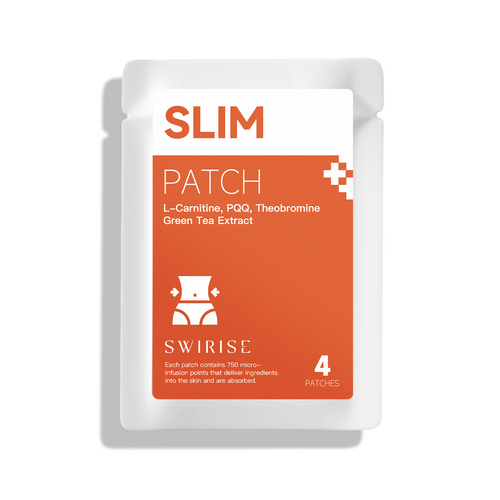

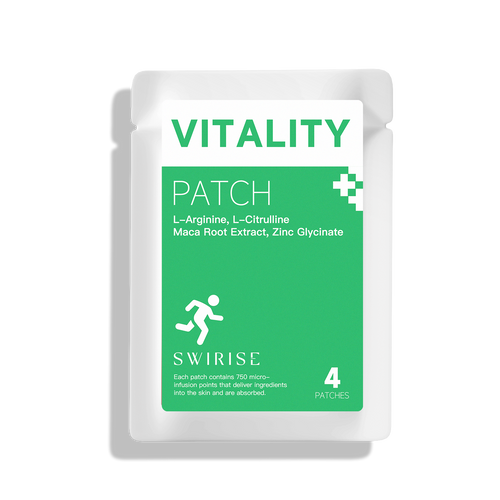






![2025 Best Red Light Therapy Devices [Reviewed & Ranked]](http://swirise.com/cdn/shop/articles/10_67ee382d-1cfe-4af2-9bc8-5d94fdb2296e.png?v=1753933551&width=1500)
![2025 Best Red Light Therapy Cap [Reviewed & Ranked]](http://swirise.com/cdn/shop/articles/4_5cca7e60-5db9-41e2-8230-7bd6330bcc0b.png?v=1753355272&width=1500)